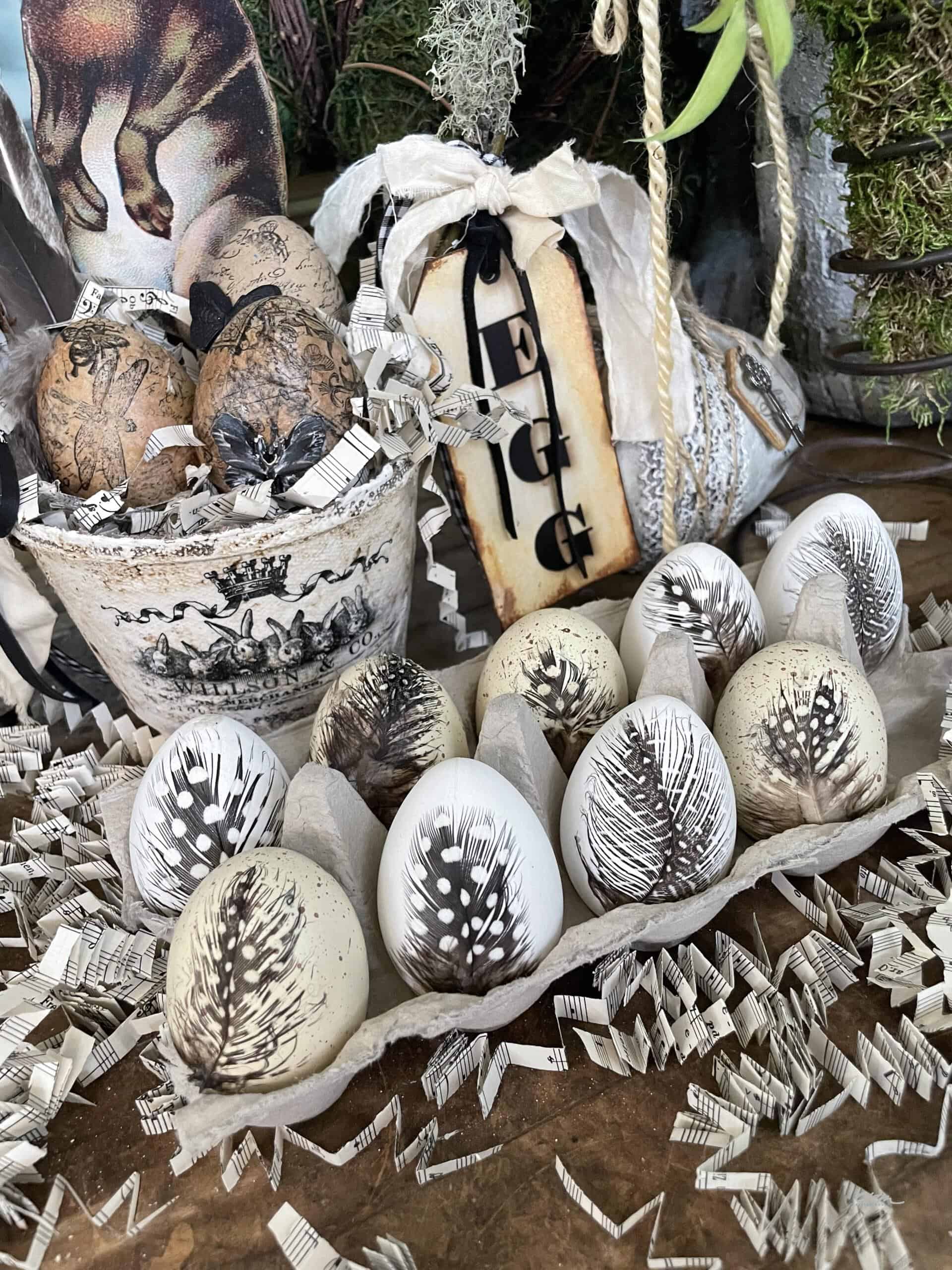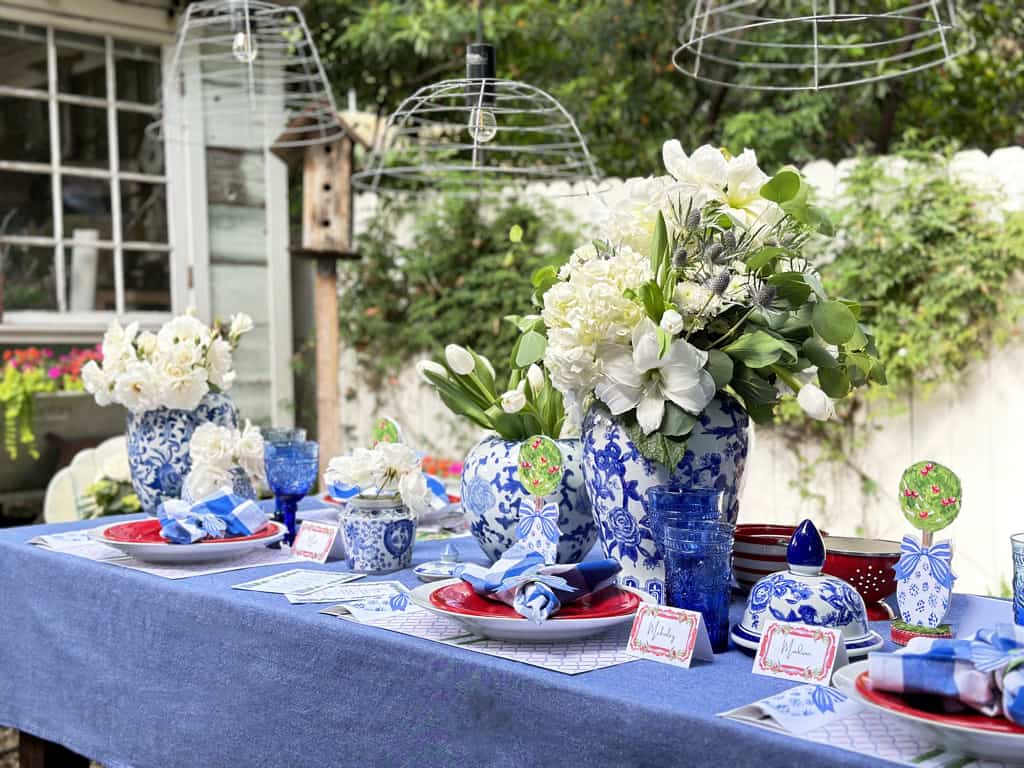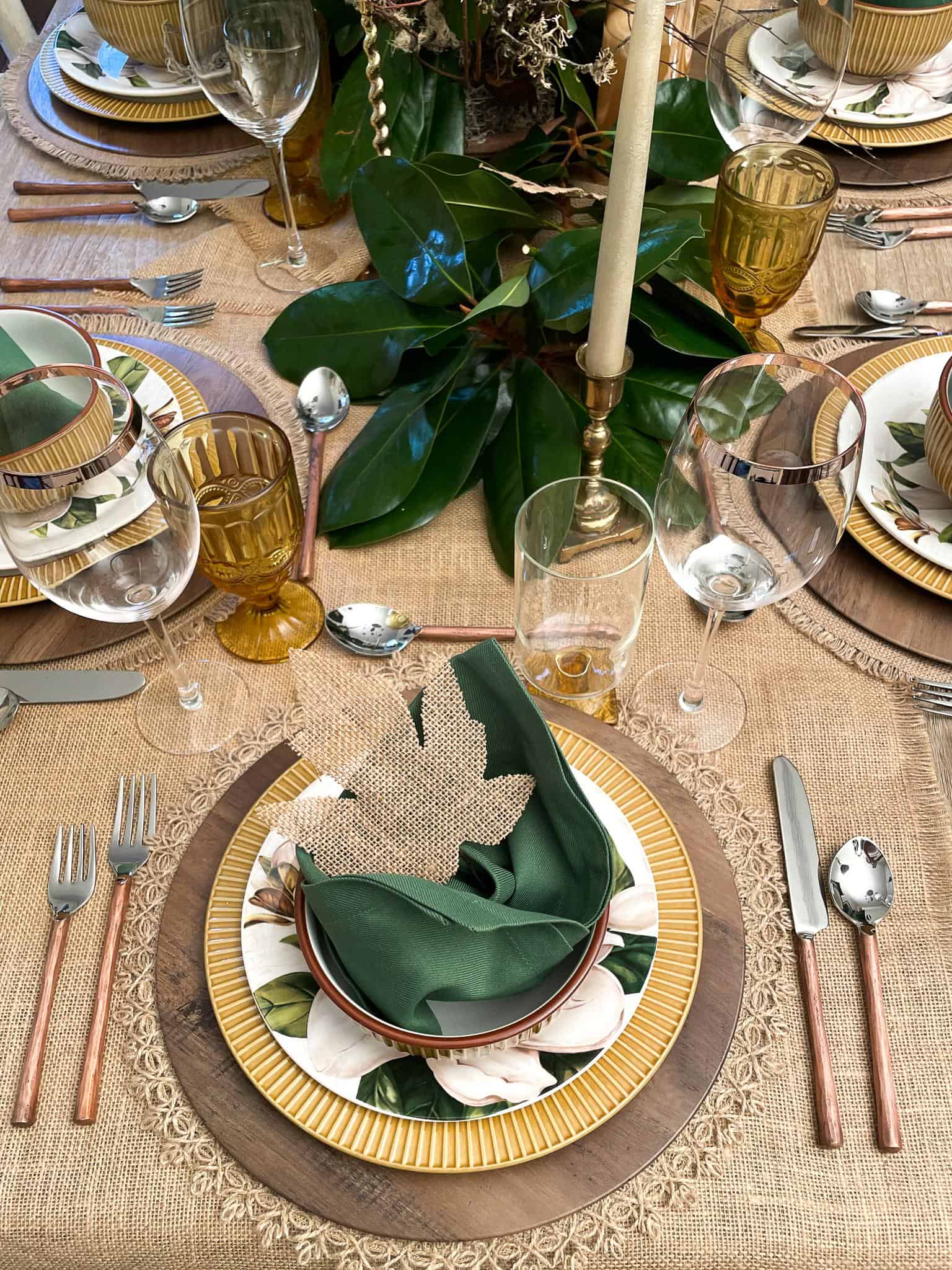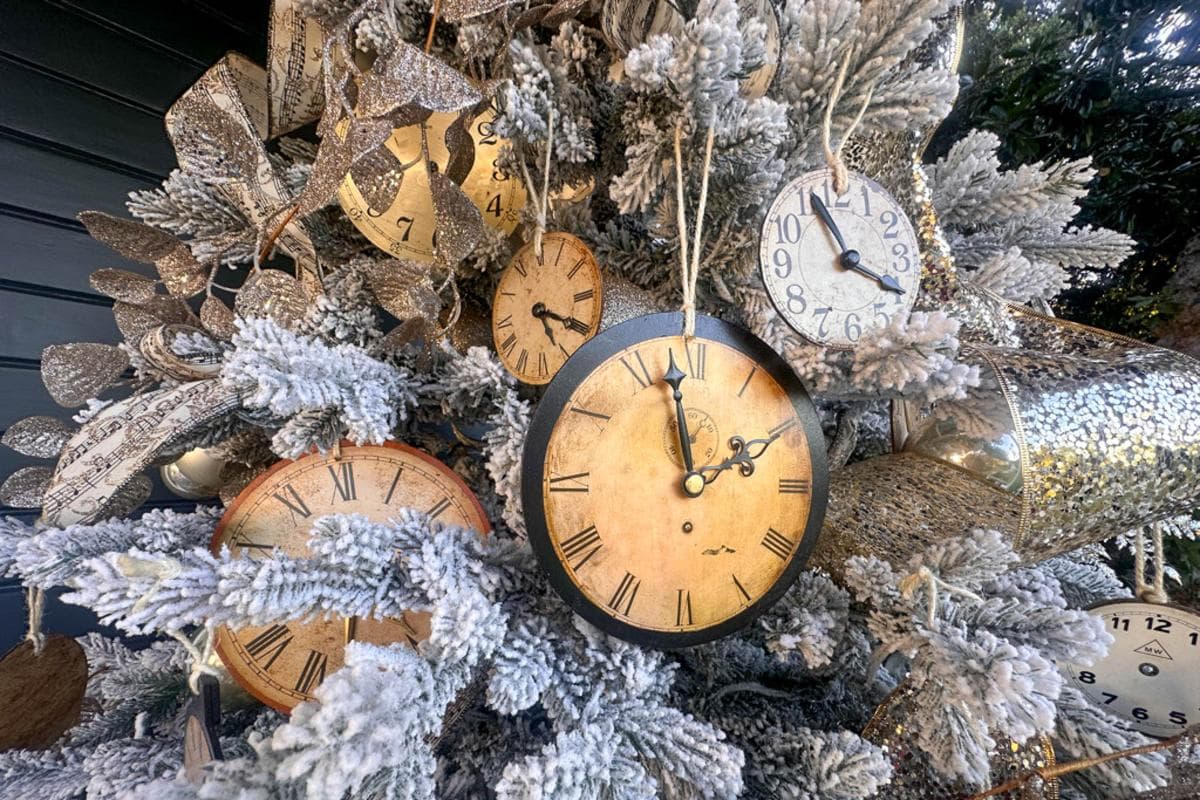How to make Quick and Easy Red Cabbage Dyed Easter Eggs
Celebrate Easter with something new! Get creative this holiday and give your eggs a unique twist by dying them with red cabbage. It may sound strange, but I promise it produces beautiful colors – try it out yourself. Then, join me as I share my favorite egg-dying tips over the next few weeks.
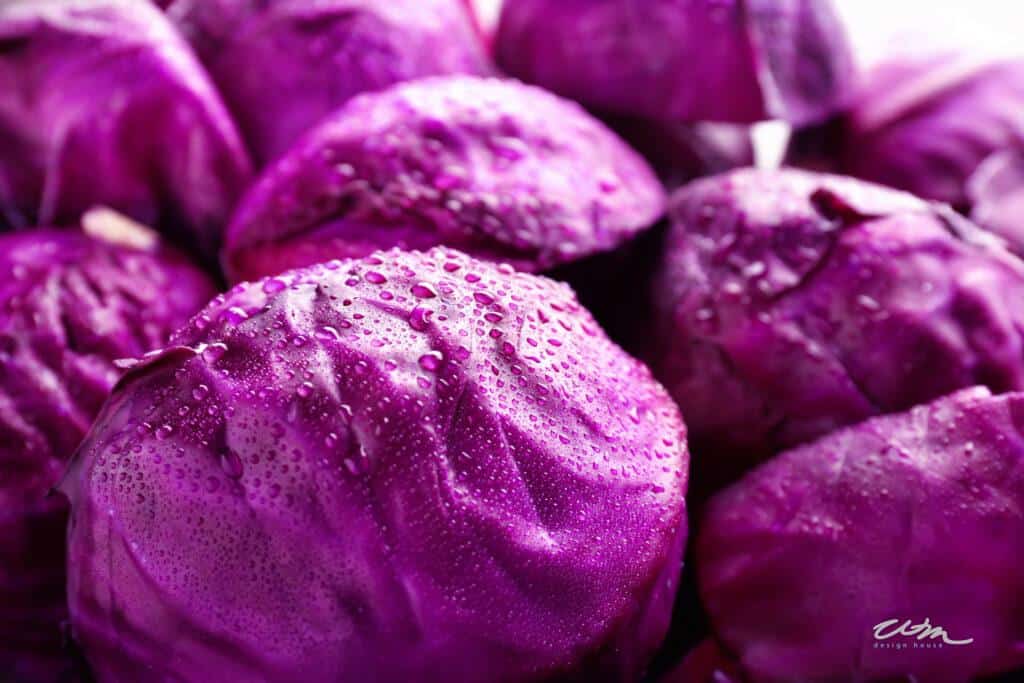
It’s almost like a magical transformation— transforming an ordinary head of cabbage into the purple dye and then suddenly being rewarded with stunning blue eggs. The science behind it is equally fascinating!
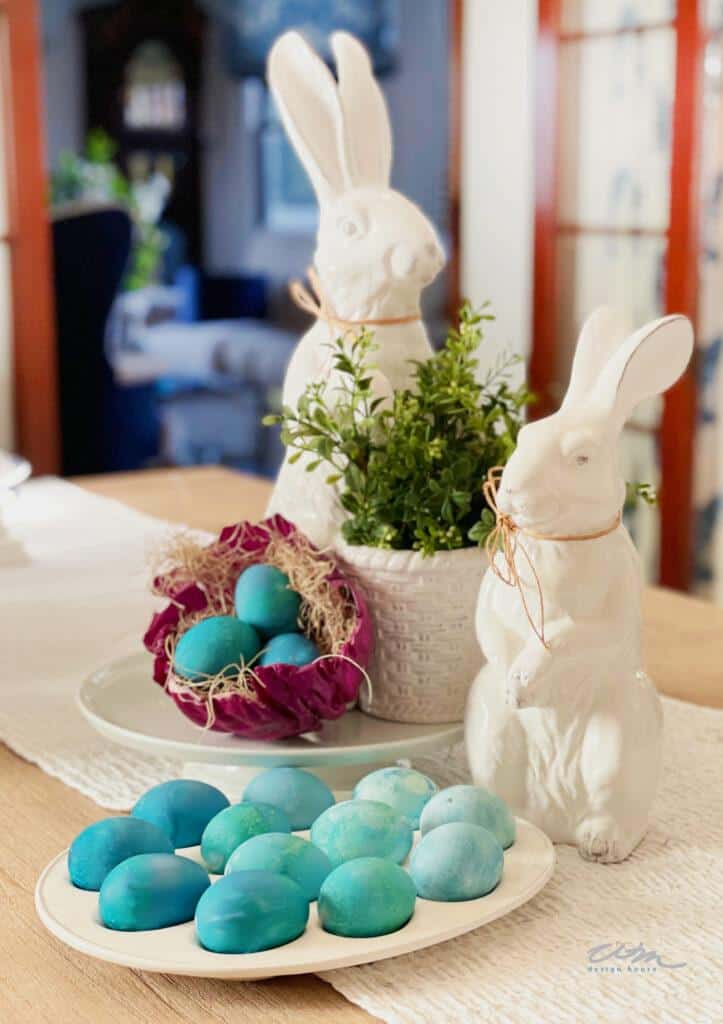
Supplies For Red Cabbage Dyed Eggs
- One Dozen Eggs
- One head of red cabbage
- Boiling water
- Vinegar
Directions to Dye Red Cabbage Easter Eggs
- Boil your eggs, or you can cook them in the instant pot so quickly.
- Cut up one head of purple cabbage.
- Add six to eight cups of water in a deep pan.( Add one cup of water for each cup of cabbage).
- Bring water and cabbage to a boil and simmer for about 25 minutes.
- Drain off the liquid, and dispose of the cabbage.
- Add 1 Tablespoon of white vinegar per cup of liquid.
- Let the mixture cool.
- Insert boiled eggs into the dye and let them steep in the fridge. For light eggs, take them out after 2-4 hours. Leave the eggs in the dye for up to eight hours or overnight for a deeper blue egg.
- Remove the eggs from the dye and pat them dry with a paper towel.
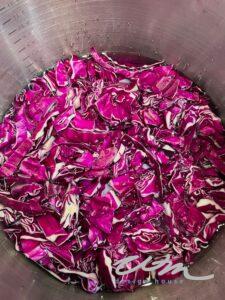
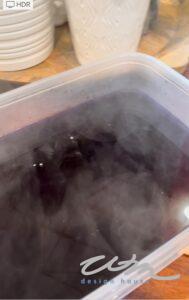
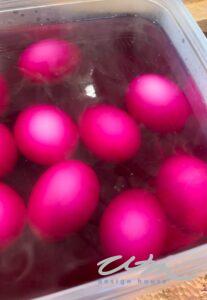
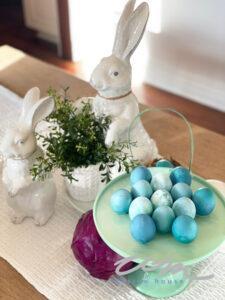
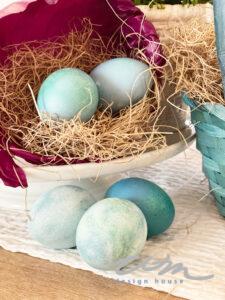
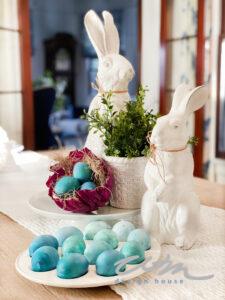
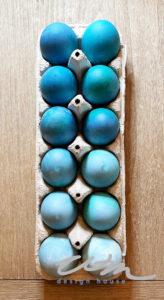
You can use several other vegetables to dye Easter eggs, such as beets, blueberries, and onion skins. Here are some other suggestions for you to try.
Pink Eggs
Soak four cups of chopped beets in 1 quart water and two tablespoons of white vinegar for 30 minutes. Strain, then allow eggs to sit in this liquid for 30 minutes or more, depending on how deep you want the color.
Orange Eggs
Add 4 cups of yellow onion skins to 1 quart water and two tablespoons of white vinegar. Simmer for 30 minutes, strain, and allow eggs to sit in liquid for 30 minutes. For a brighter orange, leave the eggs in the dye overnight in the fridge.
Yellow Eggs
Add three tablespoons of turmeric to the boiling water. Simmer for 30 minutes, let cool, and soak eggs in the mixture until they reach the desired shade. (Since turmeric is notorious for staining your skin, you’ll want to wear rubber gloves when handling yellow eggs.)
Dark Blue Eggs
Add 4 cups of blueberries to the mixture. Simmer for 30 minutes, strain, and let eggs sit in liquid for 30 minutes or more for deeper tones. Simmer for 30 minutes, strain, and let eggs sit in liquid for 30 minutes or more for deeper tones.
I hope you take some time to enjoy egg dying with your family. It is a fun thing to do with the kiddos.
I also wanted to share some info regarding the history of the Easter egg, so please enjoy this information I found from learnreligions.com.
The Egg is a Symbol of History
The ancient Egyptians, Persians, Phoenicians, and Hindus all believed the world began with an enormous egg. Thus, the egg has existed for eons as a symbol of new life. The particulars may vary, but most cultures use the egg to symbolize new life and rebirth.
Since Easter is spring, the holiday is also a celebration of this annual time of renewal when the earth re-establishes itself after a long, cold winter. The word Easter comes to us from the Norsemen’s Eostur, Eastar, Ostara, and Ostar, and the pagan goddess Eostre, all of which involve the season of the growing sun and new birth. The egg has become synonymous with Spring’s arrival.
The Egg Is A Symbol of Easter
From a Christian perspective, the egg represents the resurrection of Jesus. The first book to mention Easter eggs by name was written 500 years ago. Yet, a North African tribe that had become Christian much earlier had a custom of coloring eggs at Easter. Long hard winters often meant little food, and a fresh egg for Easter was quite a prize. A notation in the household accounts of Edward I of England showed an expenditure of eighteen pence for 450 eggs to be gold-leafed and colored for Easter gifts.
Another reason eggs became a symbol of Easter is that early on, Christians abstained from eating meat and eliminating eggs during the Lenten season before Easter. Therefore, after long abstinence, Easter was the first chance to enjoy eggs and meat.
The Tradition of Decorating Eggs
The practice of painting eggs goes back to ancient times when decorated shells were part of spring rituals. Instead of chicken eggs, however, ostrich eggs were used. The first Christians to adopt this tradition were from Mesopotamia, and they colored their eggs red in memory of the blood of Christ. Methods include using onion skins and placing flowers or leaves onto the shells before dyeing to create patterns. Eastern European countries use wax-resistant batik to create designs by writing with beeswax. Today, food coloring is the most common.
The Egg Used in Games
There are several traditional Easter egg games, such as the egg hunt and
In Europe, they play Pace-egging, where children go from house to house begging for eggs.
As a child, we always played an egg game at Easter Dinner.
One person would hold the egg in their hand, wrapped very tightly, with as little of the top of the egg showing.
The other person does the same and then tries to smash your egg. Only one end will break, either yours or your opponent’s.


You may also enjoy
Decorating with Apothecary Jars

